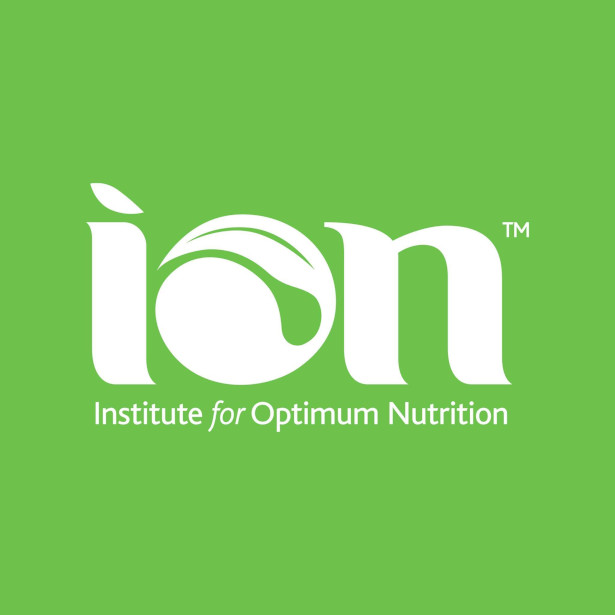SEVEN SAVVY FOOD SWAPS FOR THE NEW YEAR
After such an extraordinary year, don’t make the same old ordinary New Year’s Resolutions when it comes to your health and wellness. Registered Nutritionist and Nutritional Therapist Kate Delmar-Morgan (BSc Hons, mBANT, rCNHC) has prepared seven savvy food swaps for the Institute for Optimum Nutrition that are easy to incorporate into your day-to-day routine and unlike most resolutions, will stand the test of time.
1) MASHED POTATO FOR MASHED ROOT VEG

We all crave comfort at this time of year, but scoring high on the glycaemic index (GI), potatoes – particularly when mashed – release sugar quickly and may cause a rapid rise in blood sugars, followed by a subsequent ‘crash’. Swapping your favourite mash potato for a lower GI option made from sweet potato, celeriac, carrot or swede can offer greater nutrition, and helps to stabilise blood sugars. This will also give you a greater variety of vegetables in your diet and provide you with a wider range of nutrients.
Sweet potato and carrot are excellent source of beta-carotene, an antioxidant which the body converts into vitamin A to support healthy skin, immune health and vision.
2) REGULAR PIZZA FOR CAULIFLOWER PIZZA
Cauliflower is a useful ingredient that you can use to replace a regular pizza base, as it will help to reduce your intake of commercial white wheat flour and provides a lower carbohydrate option. A cruciferous vegetable, cauliflower also contains lots of fibre and vitamin C and will increase your overall vegetable intake.
Grate or blitz the florets and cook it in a pan with a little olive oil for five minutes. Squeeze out the moisture using a clean tea towel, and mix with 100g of ground almonds, two beaten eggs and some dried Mediterranean herbs. Line a baking tray with baking parchment and grease with oil. Place the cauliflower mix into the centre of a baking tray lined with greased baking paper, then spread out into a circular shape. To make a ‘crust’, just make it a little thicker at the edges then bake in the oven for 15-20 minutes until golden. Then you can add your delicious toppings and heat it all up in the oven again.
3) POTATO CRISPS FOR KALE CRISPS
Kale is a cruciferous vegetable containing fibre, vitamins C & K, iron and calcium. Unlike commercial crisps, homemade kale crisps aren’t ultra-processed, so won’t contain any added sugar, salt, unhealthy fat or preservatives which have been linked with obesity, type-2 diabetes and high blood pressure.
Cut the leaves from the kale stalks and then rip the leaves into smaller bite size pieces. Massage with olive oil and spread out onto a baking tray – bake in the oven for up to 10 minutes on 180 degrees. Then add a little sprinkle of salt before serving. Keep an eye on them in the oven as they can turn from being crispy to burnt very quickly!
4) ALCOHOL OR FIZZY DRINKS FOR KOMBUCHA
If you’re a soda addict or looking to reduce your alcohol intake, kombucha can make a great replacement. A mildly fizzy, slightly sour drink made from fermented tea, kombucha is a source of probiotic (so-called good bacteria), rich in antioxidants and contains vitamins and minerals.
Making your own kombucha is delicious – but requires a bit of effort. You can also buy kombucha from supermarkets or online, in a variety of flavours. Enjoy in a wine or cocktail glass with ice and a reusable straw. Kombucha during pregnancy is not advised.
5) WHITE RICE FOR QUINOA
Quinoa makes a wonderful replacement for high GI white rice, served with curries or chilli. While it may take a bit more time to cook, it is a complete source of protein – containing all nine essential amino acids – and is packed with fibre, vitamins and minerals.
Another original idea is to use quinoa in risotto, in place of Arborio rice along with lots of vegetables and parmesan cheese. Plus, it makes a fantastic and healthy alternative to couscous, bulgur or cracked wheat.
6) VEGETABLE/SEED OILS FOR OLIVE OIL
Omega-3 and omega-6 are both essential polyunsaturated fatty acids that we obtain through diet. Whilst omega-6 does have some benefits (despite its bad rap) an imbalance between the two – overly weighted towards omega-6 – has been associated with inflammatory conditions. The ideal ratio of omega-3 to omega-6 is 1:1, but the western diet provides anywhere between 1:14 and 1:50, meaning a lot of us are taking in extremely high levels of omega-6. Vegetable/seed oils are notoriously high in omega-6, so to help bring down this ratio you could swap these for olive oil or extra-virgin olive oil when you’re cooking instead.
7) FLAVOURED FRUIT YOGHURT FOR NATURAL YOGHURT
Even though yoghurt is often perceived as healthy, flavoured, fruit yoghurts (often marketed towards dieters) are actually classed as ‘ultra-processed’ because they often contain emulsifiers and preservatives and normally a huge amount of added sugar. Swap low fat, fruit-flavoured yoghurt therefore for natural or Greek yoghurt topped with berries instead.
A good way to check that your yoghurt contains no added sugar or preservatives is to check the ingredients list. The most natural yoghurts will usually contain no more than milk and ‘live active’ cultures. Also, the full fat natural versions of yoghurt often taste much nicer than the low-fat natural yoghurt and are therefore much more satisfying so don’t shy away from this option.
The Institute for Optimum Nutrition is an independent, not for profit educational charity. Their Mission is to educate and enthuse, instilling Optimum Nutrition as the foundation of health for all.









